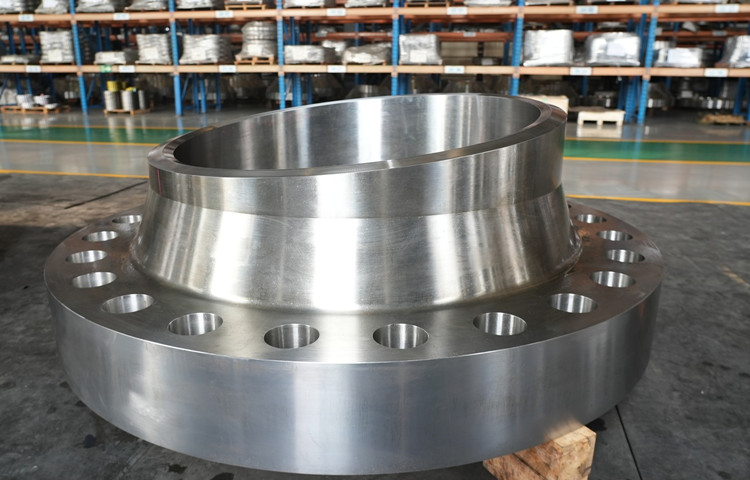- tyler@kirail.com
- +86 15603721115
What is forging oxidation?
When the forging is heated, it stays at high temperature for too long, and the oxygen in the furnace and the oxygen in the water vapor combine with the iron atoms of the forging to oxidize.
Iron oxide scale is easy to melt and adhere to the metal surface to form solid oxide scale. If the impurities are not removed before forging, it will be pressed into the surface of the forging. After cleaning or pickling, local peeling and depression will form pitting on the surface of the forging. In severe cases, the geometric dimensions of the forging are unqualified, or the surface of the part is blackened and scrapped due to insufficient machining allowance, which will affect the accuracy of the die forging.

Methods to prevent forging oxidation are:
1. Reduce the residence time of the forging at high temperature when heating, implement rapid heating, and try to use less loading and unloading operation methods.
2. Maintain a micro-oxidizing atmosphere in the furnace, reduce the water vapor content in the furnace, implement less oxidizing heating or perform protective coating treatment,
3. Maintain a small positive pressure in the furnace to prevent cold air from being sucked into the furnace.
4. After die forging and heating, use a brush, high-pressure water (pressure at least 10Mpa) to stamp or apply deformation (as long as the structural steel has a deformation degree of 0.05%?0.2%) to remove the oxide scale.